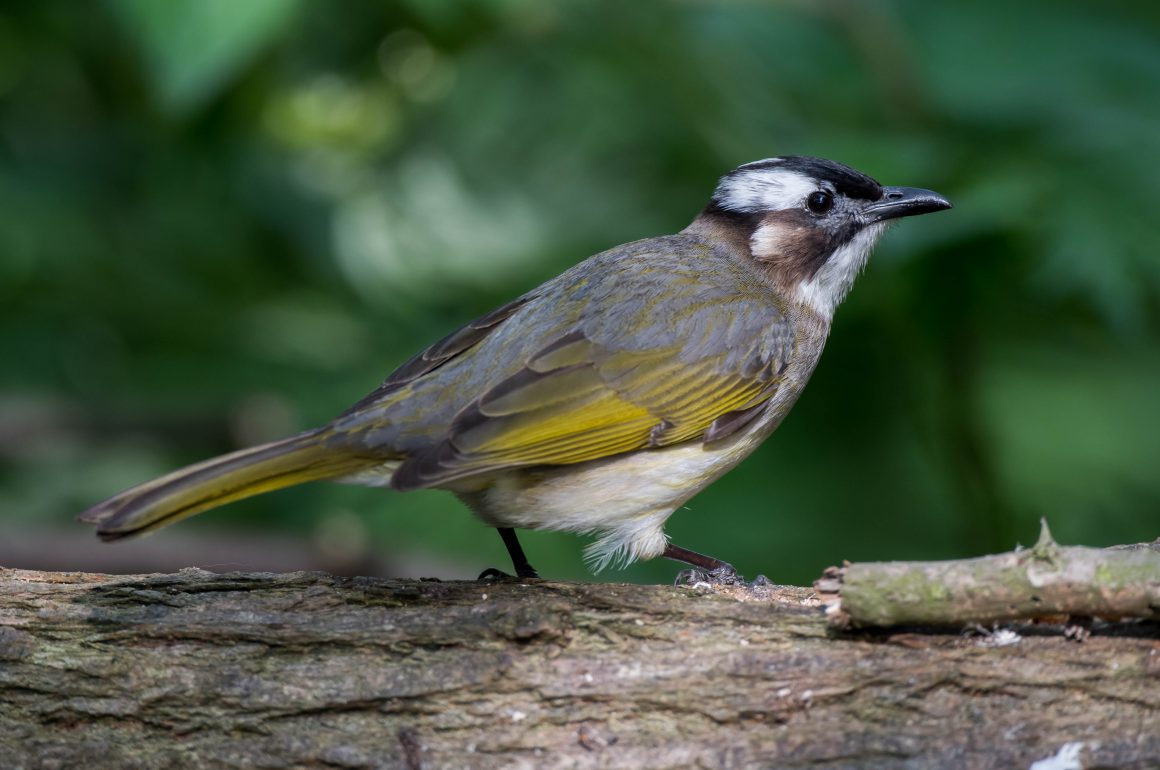
The reception of bulbuls in the ornithological world is decidedly mixed. A typical description of the family is that of “a tropical African and Asian songbird that typically has a melodious voice and drab plumage”, another is “small, dull-colored passerine birds of Asia and Africa”, yet another states that they are “often rather plain”. Individual species get even harsher reviews.
So much for motivating you to keep reading. Now, time to get to individual species.
Take the Grey-eyed Bulbul, which eBird describes as a “drab, undistinguished-looking bulbul”.
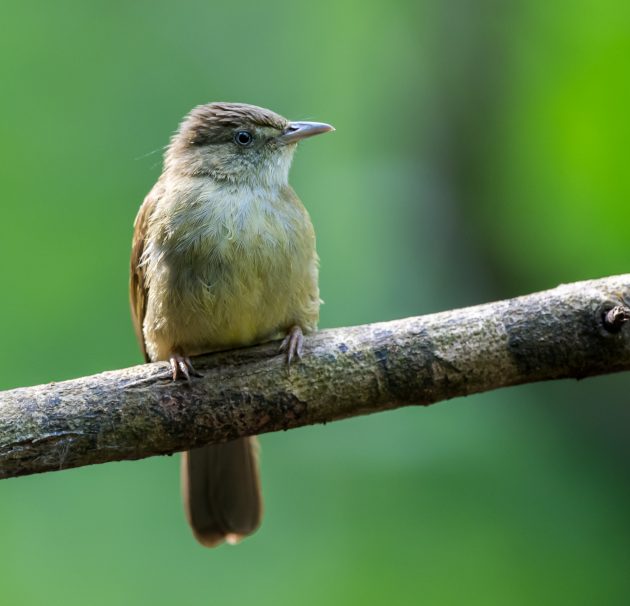
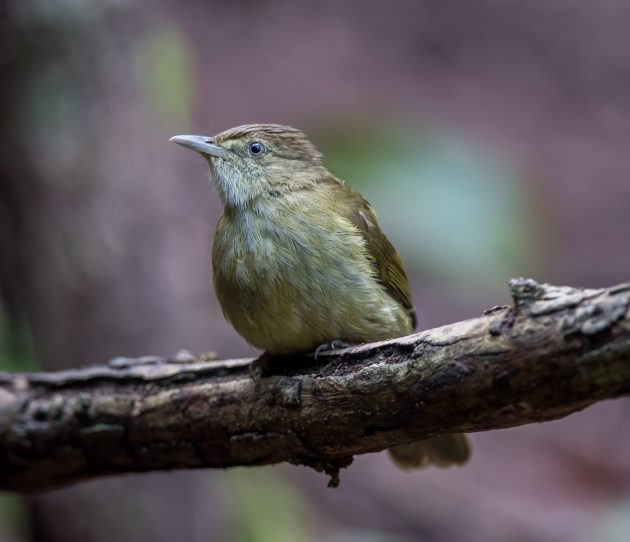
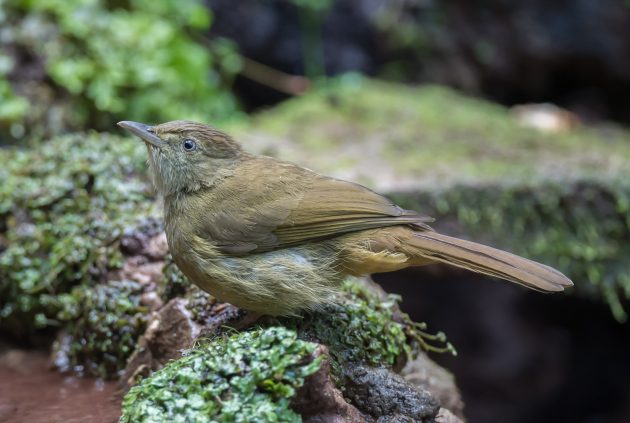
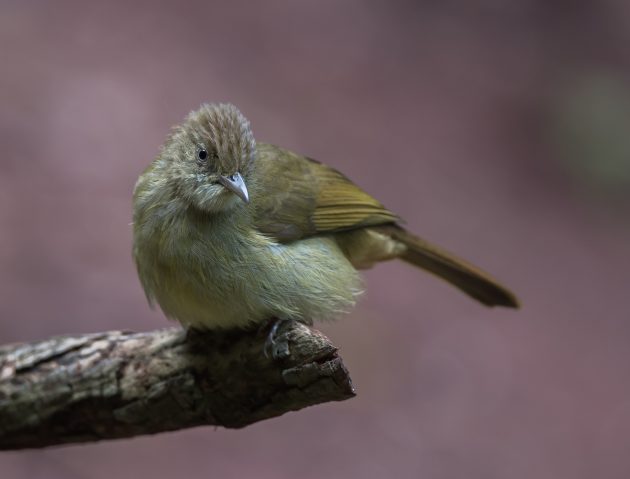
Seeing this bird in Xishuangbanna, Yunnan, China in December last year, I though it was actually quite appealing. But maybe my standards are lower than those of eBird. Not content with criticizing the appearance of this bulbul, eBird is hardly more positive about its sound: “unmusical; gives a loud, ringing nasal note, often repetitively.” Sounds a bit like a Grey-eyed Bulbul once took away the girlfriend of an eBird reviewer, doesn`t it?
In fact, bulbuls are the work horses of the bird world in many parts of Asia and Africa. For example, in Shanghai, Wikipedia claims that the Light-vented Bulbul is perhaps the 3rd most common bird after Eurasian Tree Sparrow and Spotted Dove (the article on the Light-vented Bulbul also contains the remarkable sentence “Citizens can often see the light-vented bulbul flying past their window”, which – though undoubtedly interesting – seems to indicate a certain lack of scrutiny in the review process for lesser-known bird species).
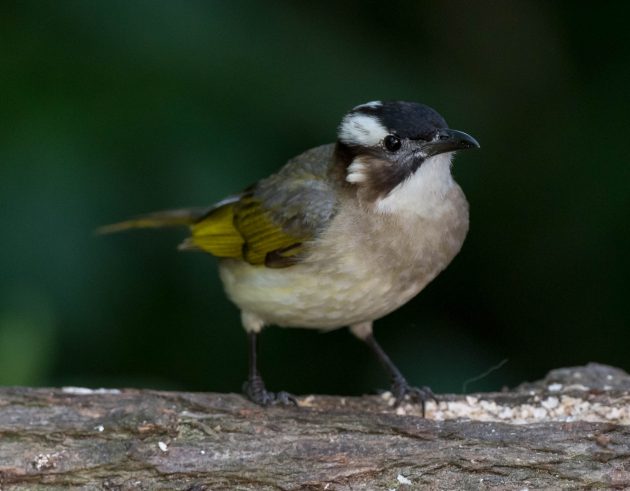
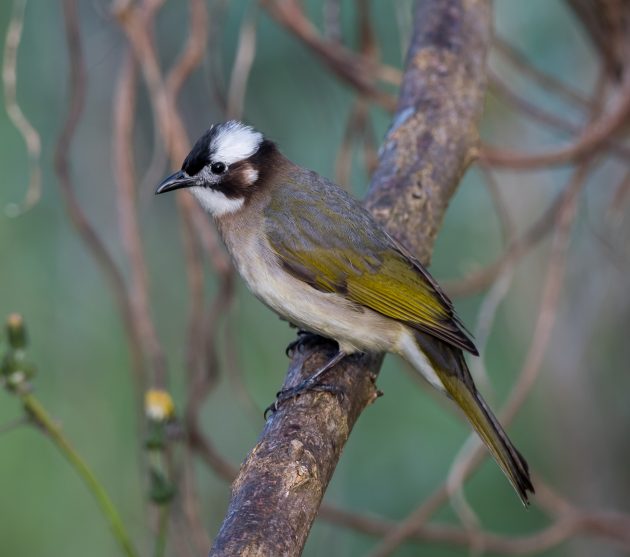
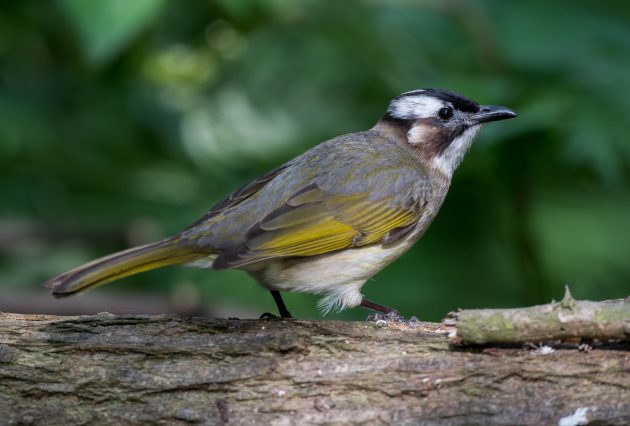
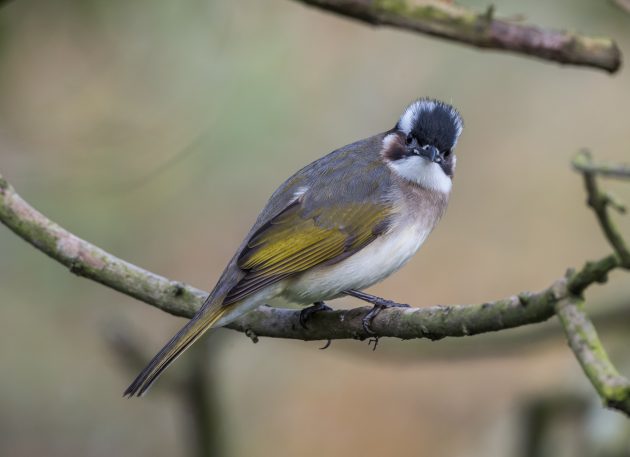
The juveniles look a bit less distinct, and are prone to a slightly stupid facial expression.
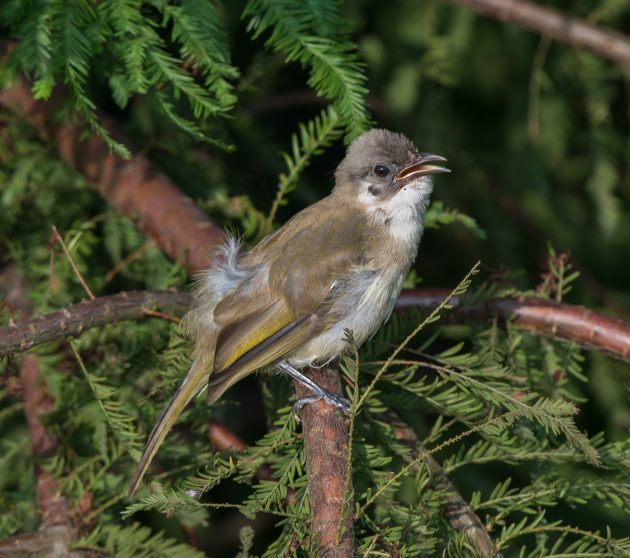
Apparently, the word “bulbul” derives from the Persian word for nightingale, though of course bulbuls are not related to nightingales. A website immediately adds the warning that “not all bulbuls sing with the musicality that their name might suggest”.
This seems particularly apparent in the case of the Brown-eared Bulbul. While its eBird description of its appearance is fairly neutral (“A large grayish songbird that shows considerable plumage variation throughout its range”), one author described the song of the species as “the most unattractive noises made by any bird”. That sounds a bit harsh, but it is not surprising that modern pop songs rarely feature snippets of the Brown-eared Bulbul`s song either.
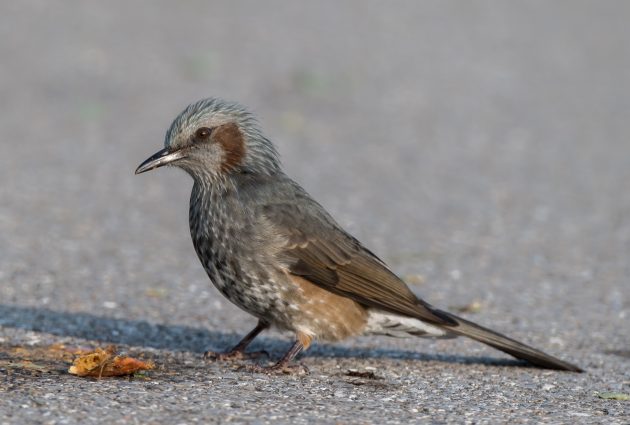
While this species is very common in Japan, a few showed up on the Shanghai coast in the winter of 2019/2020.
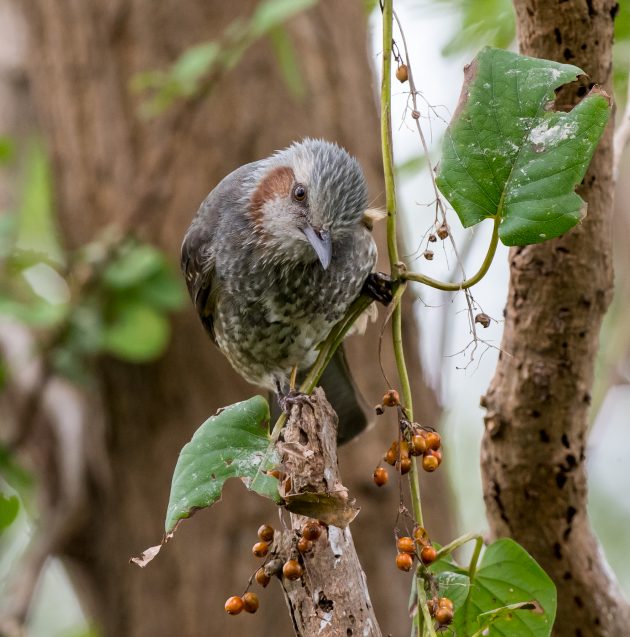
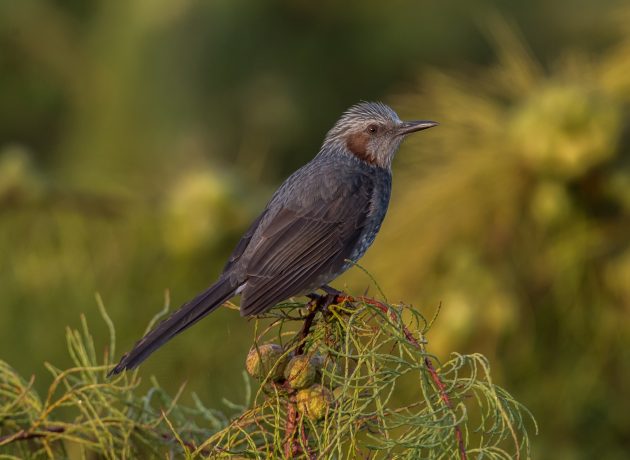
“Dissonant, moi?”
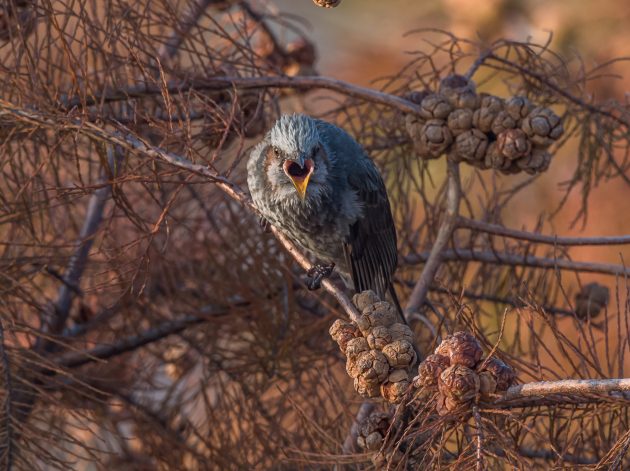
For the similarly-named Brown-breasted Bulbul, the criticism focuses on the appearance, not the sound – “a large dull bulbul” is the way eBird phrases a thumbs-down.
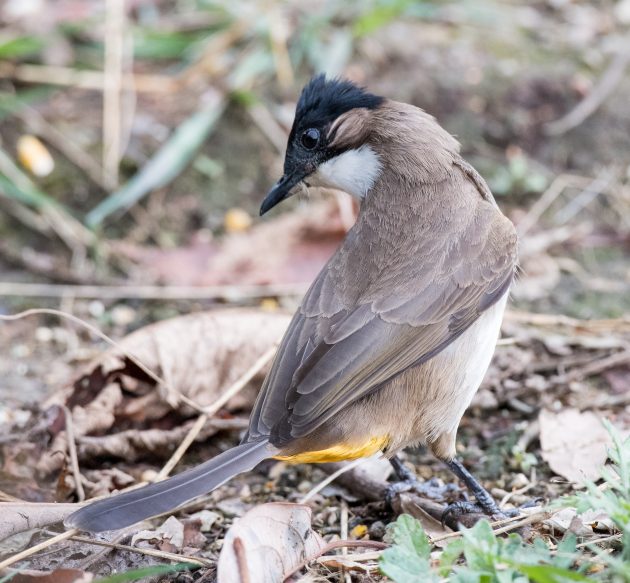
Brown-breasted Bulbul, looking dull in various locations in China
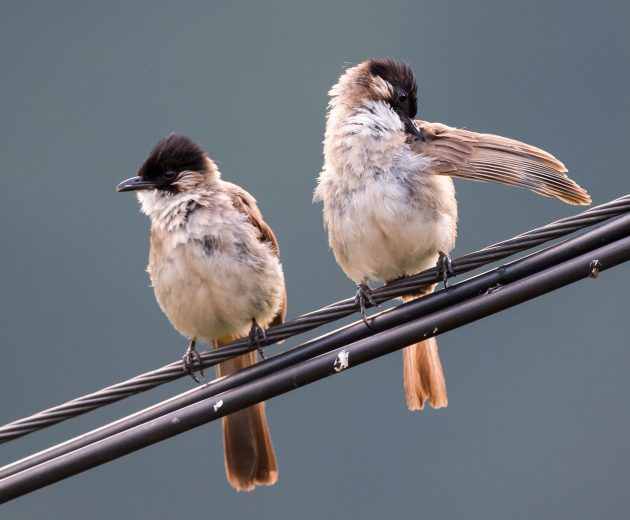
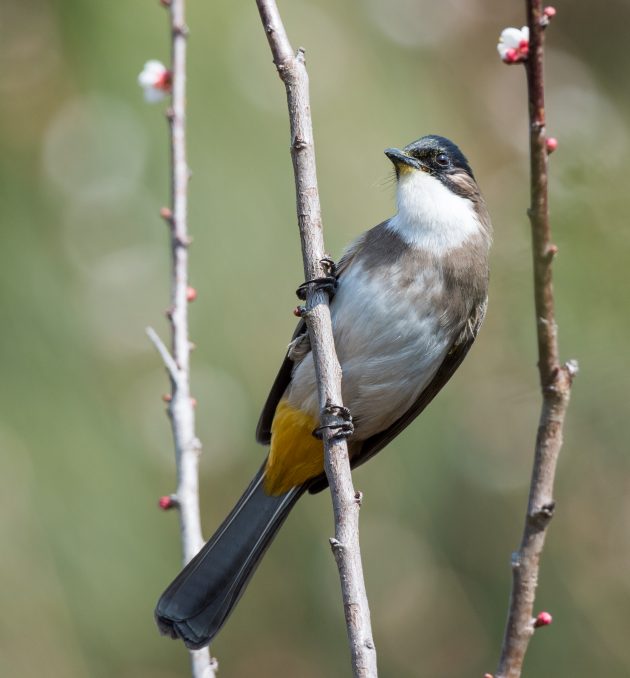
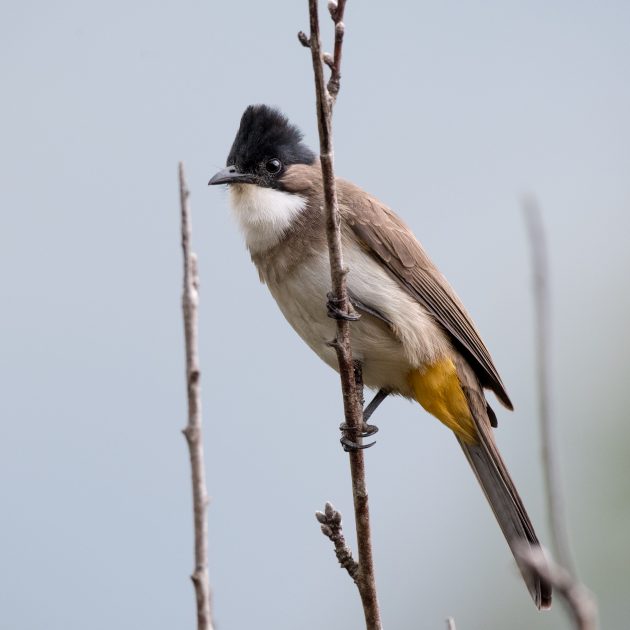
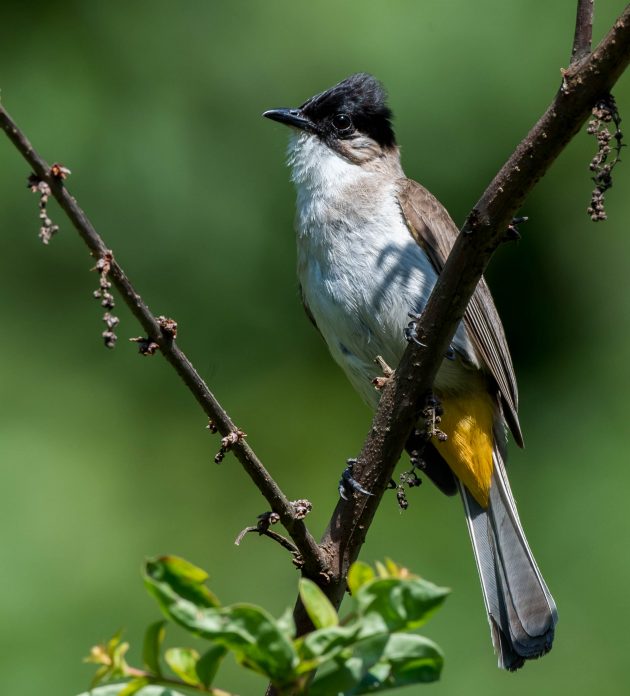
The losing streak of the bulbul family continues with some other species such as the …
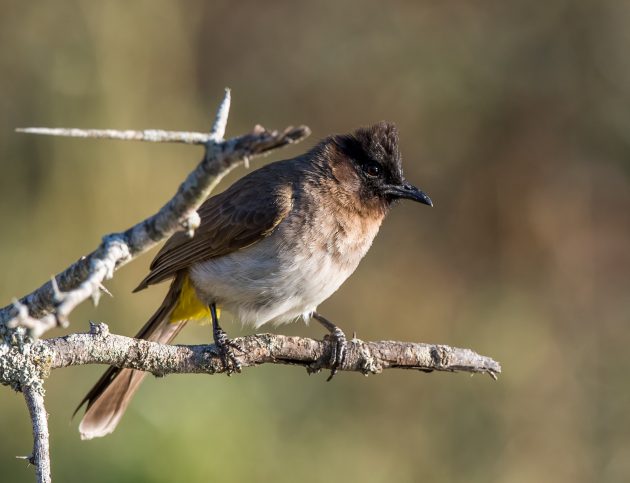
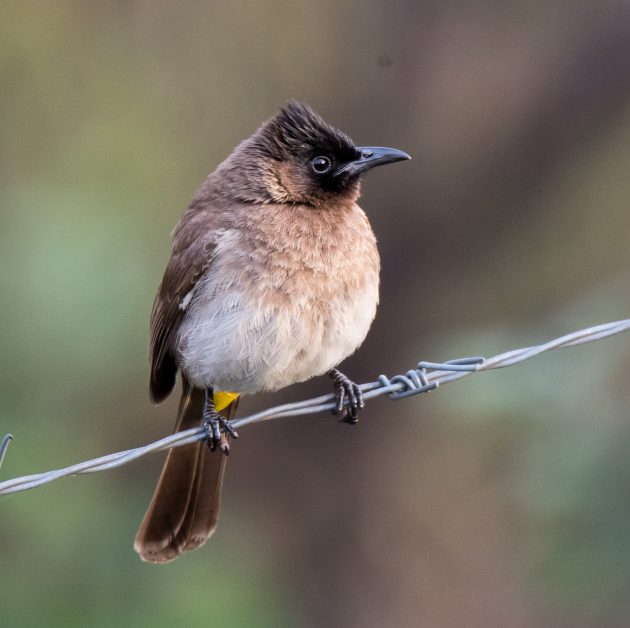
… Dark-capped Bulbul (Drakensberg area, South Africa; eBird: “a rather nondescript thrush-sized brown bird”) …
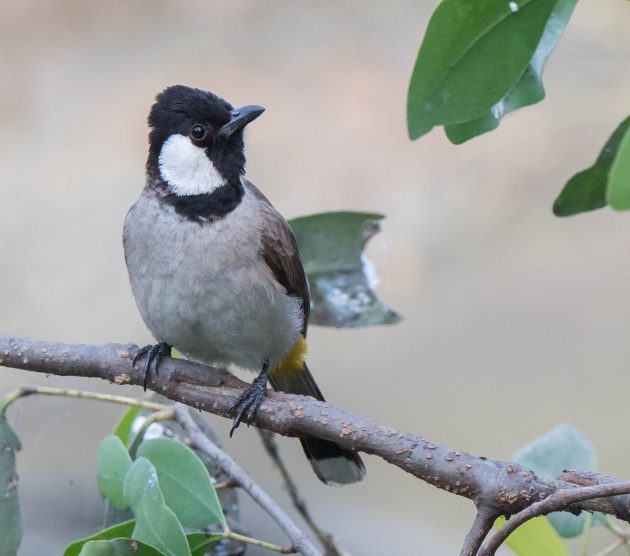
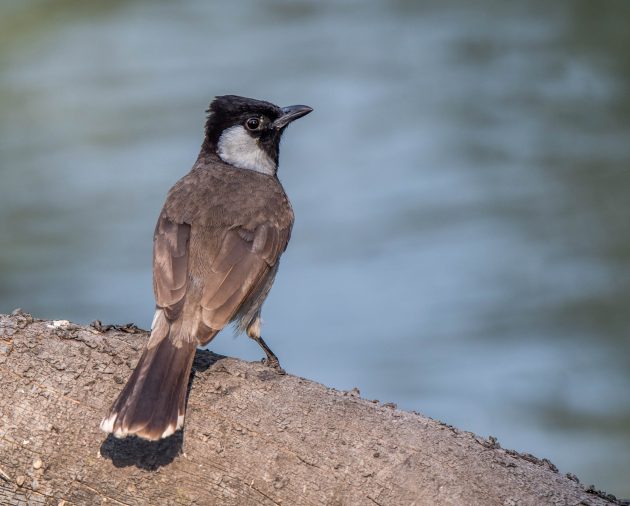
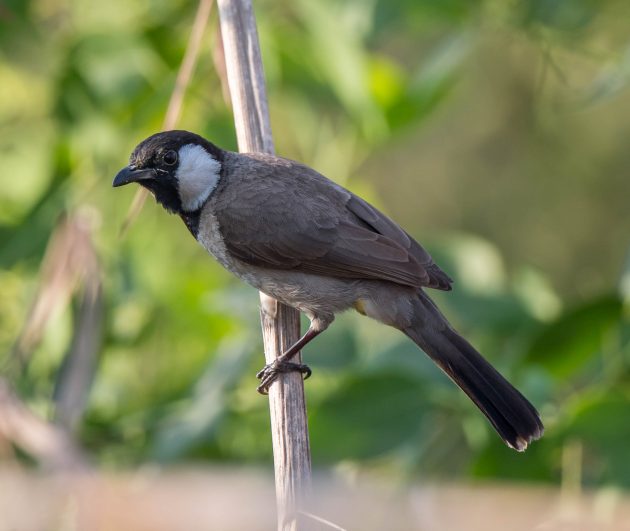
… White-eared Bulbul (Mumbai, eBird: “a dull gray-brown bulbul)
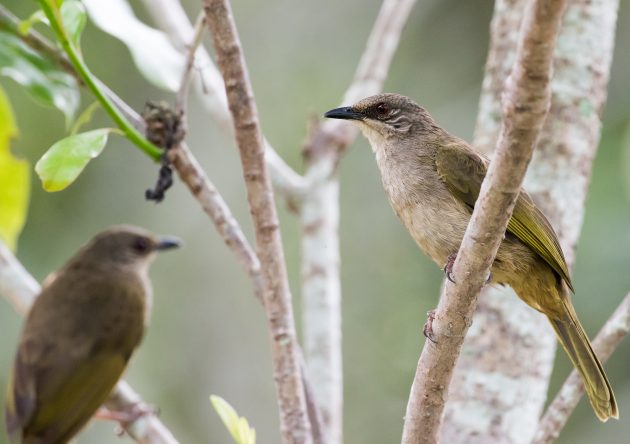
… and the Olive-winged Bulbul (Singapore; eBird: “a large plain bulbul”)
What would a management consultant suggest to members of a bird family that has such a reputation for dullness? As to my knowledge there is no book titled “The seven habits of highly successful bulbuls”, the alternative is a radical rebranding.
And that is indeed what some bulbuls have done, hiding their origin behind a new name. It works: eBird describes the Collared Finchbill as “an unmistakable medium-sized songbird”, which for them is high praise.
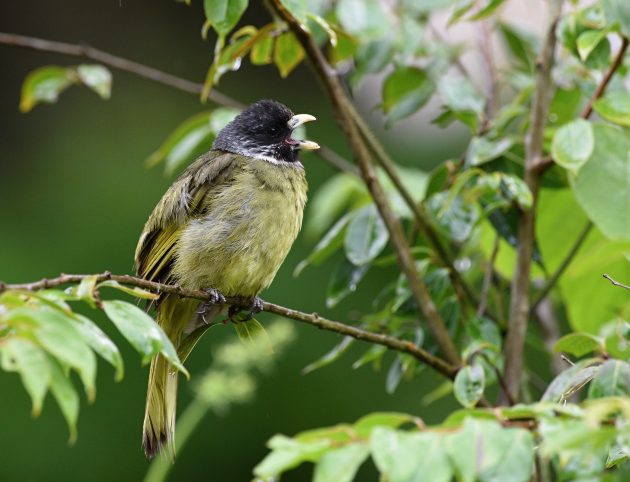
Well-deserved it is, in my opinion – one of my favorite bulbuls …
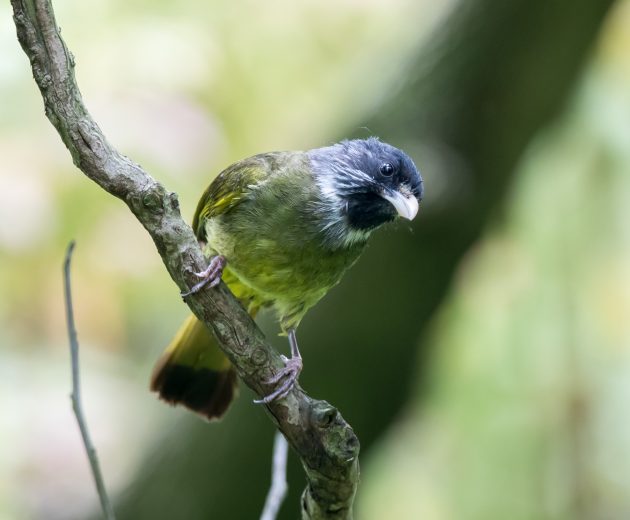
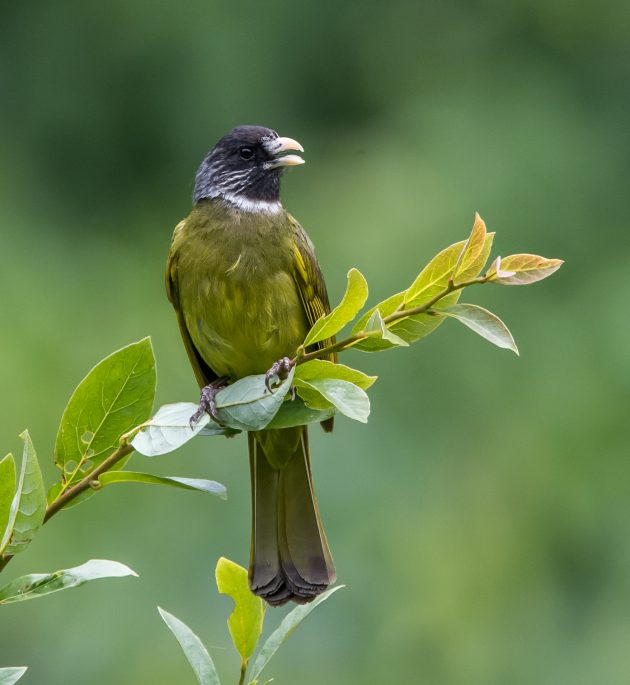
… though some individuals should consider improving their personal hygiene …
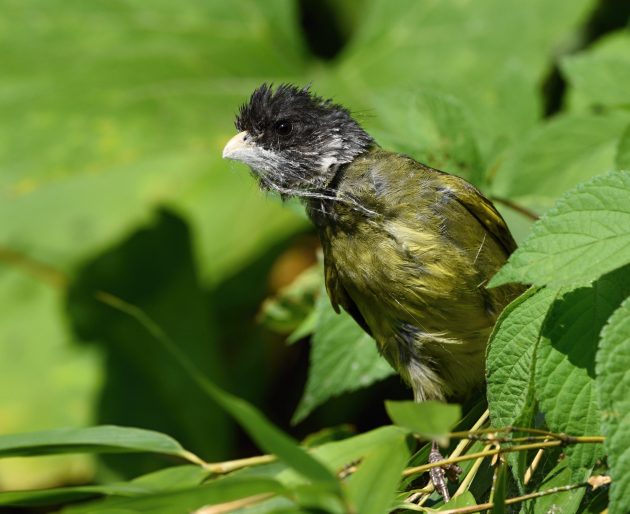
… something other individuals are already practicing.
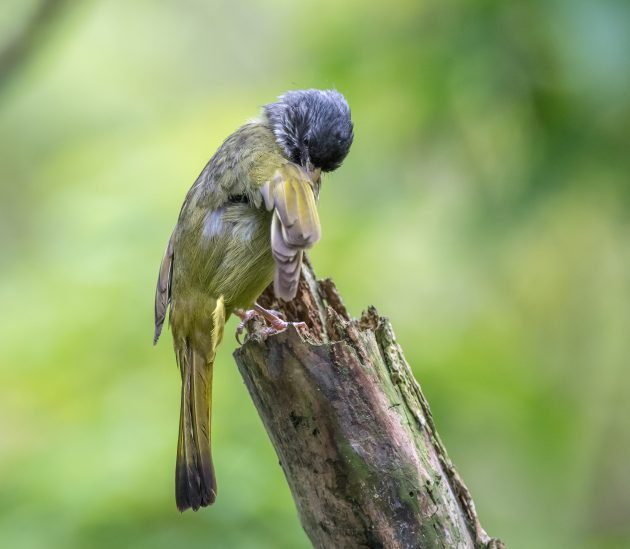
The same strategy also works for the Crested Finchbill, a species that presumably feels very much at home at Graceland.
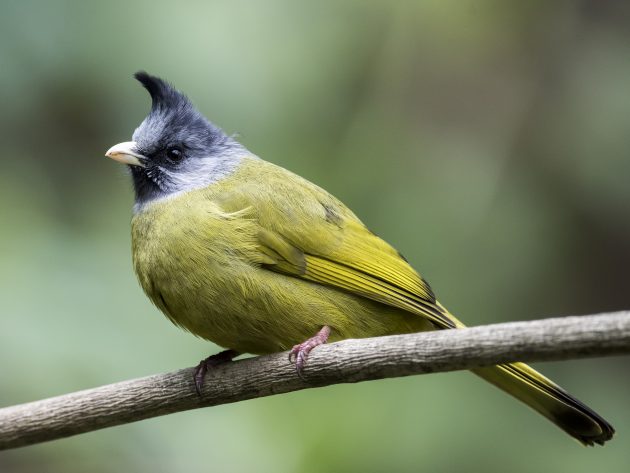
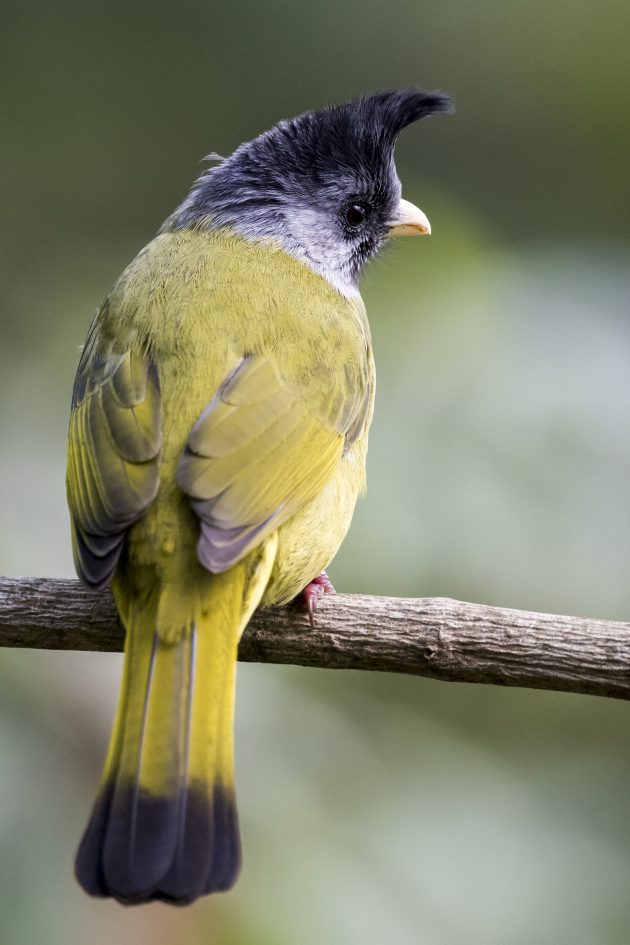
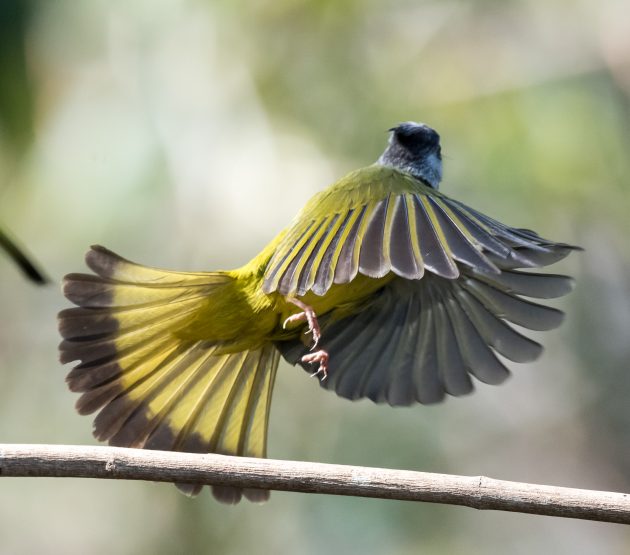
However, this rebranding has to be done right, and it has to be done whole-heartedly. Otherwise the results will be disappointing.
Ask this Sombre Greenbul (seen in South Africa) …
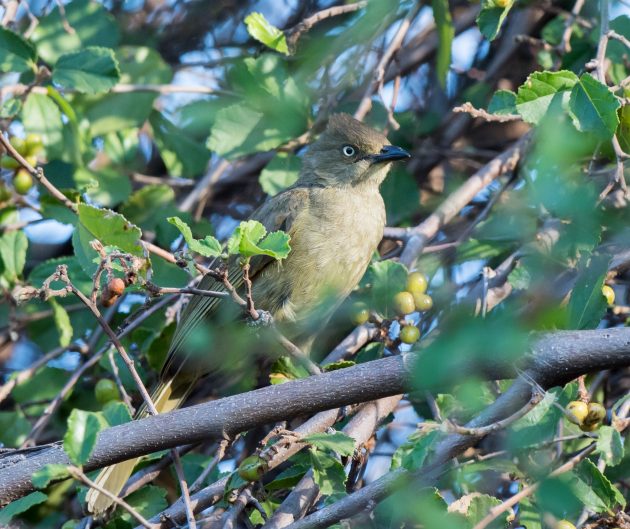
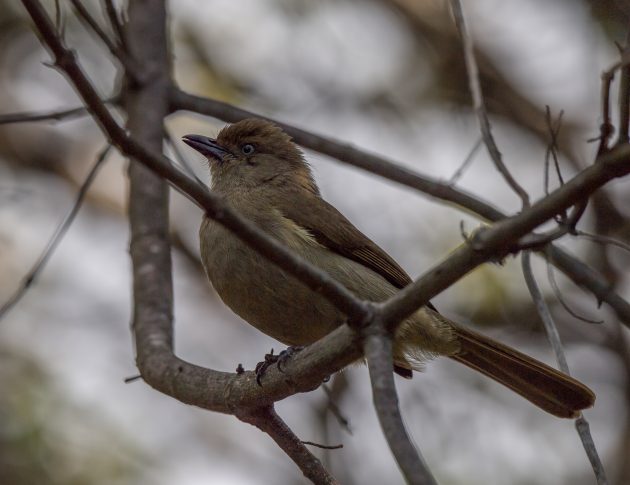
(eBird: “a uniform drab-olive grenbul”, though with some grudging admiration for its “striking pale eyes”)
… or the Yellow-bellied Greenbul (St. Lucia, South Africa)
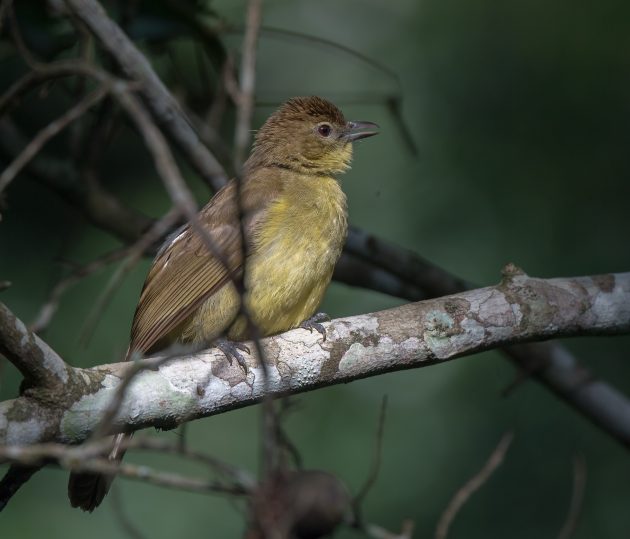
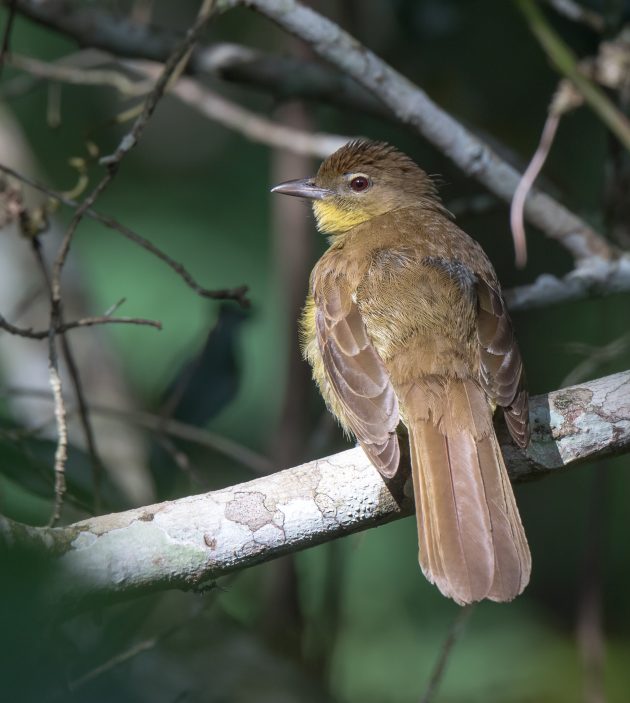
(eBird: “a large, burly greenbul” – I guess burly is not as bad as “dull”, but hardly sounds very elegant).
On the other hand, even some bulbuls are being appreciated by eBird. Somehow, these seem to be the ones I managed to only take a few photos of, such as the
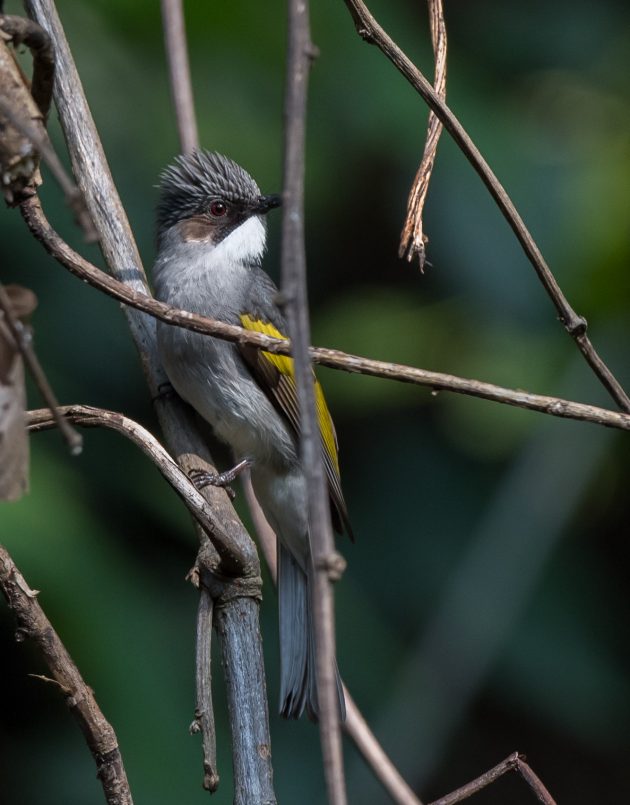
… Ashy Bulbul, which according to eBird is a particularly sharply-dressed bulbul.
Another example is the Chestnut Bulbul …
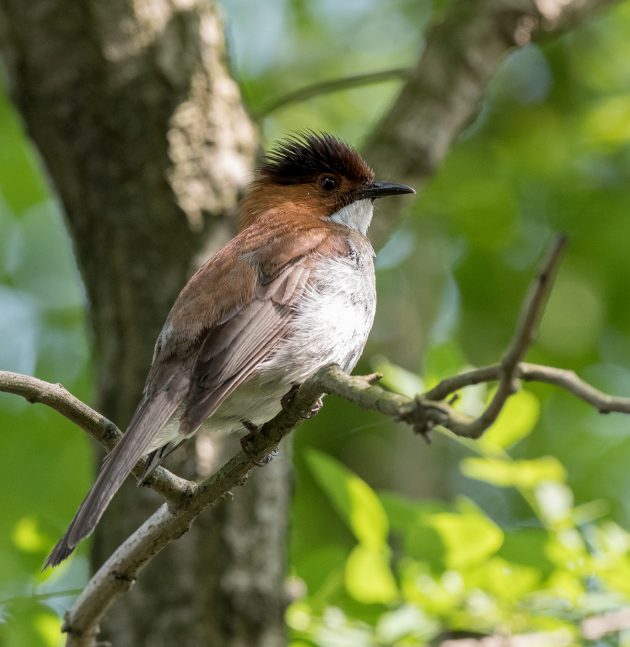
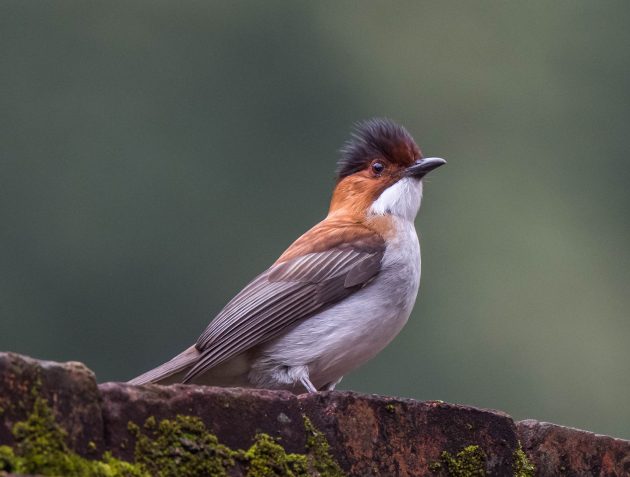
… which looks nice enough, though the eBird description as an “attractive songbird” seems a bit exaggerated.
And what is the distinction between an “attractive songbird” and an “attractive songster”, …
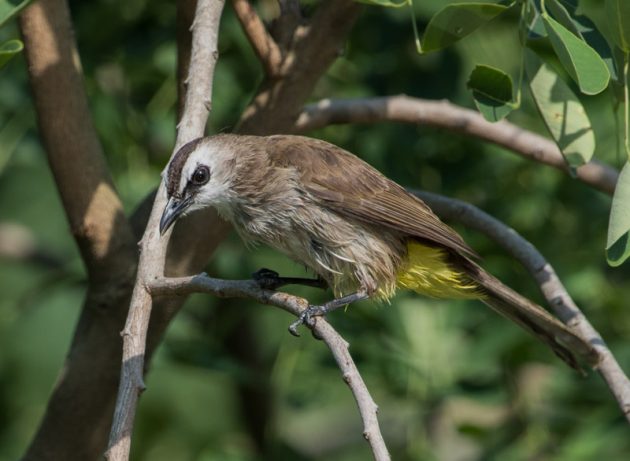
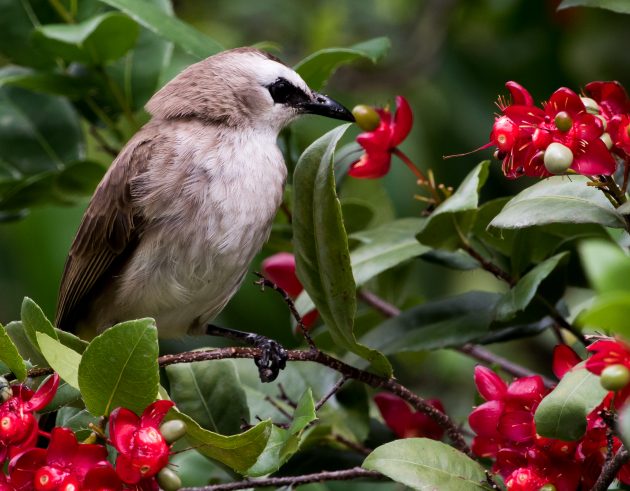
… which is the eBird characterization of the Yellow-vented Bulbul?
Some eBird species descriptions seem a bit more suitable to sports cars than to birds. Is “a dark, sleek, medium-sized bird” really the best description for the Red-vented Bulbul?
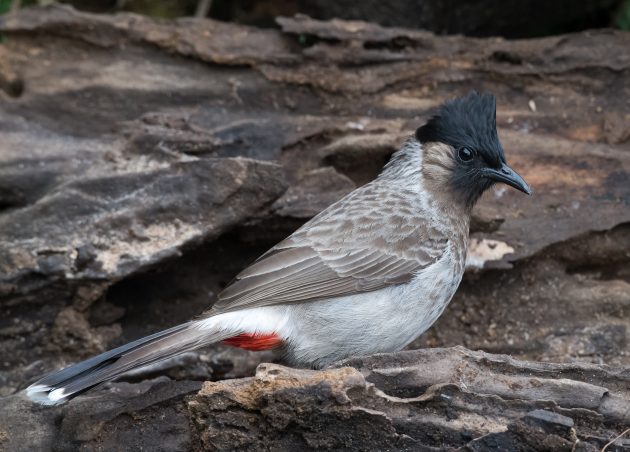
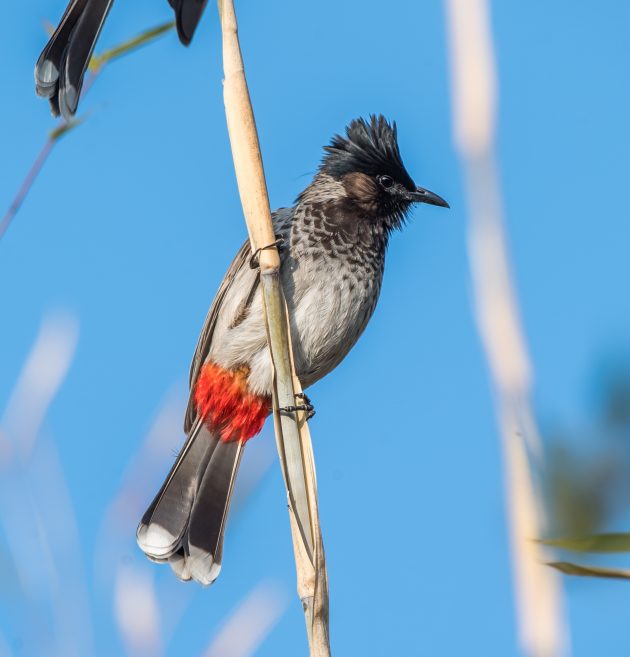
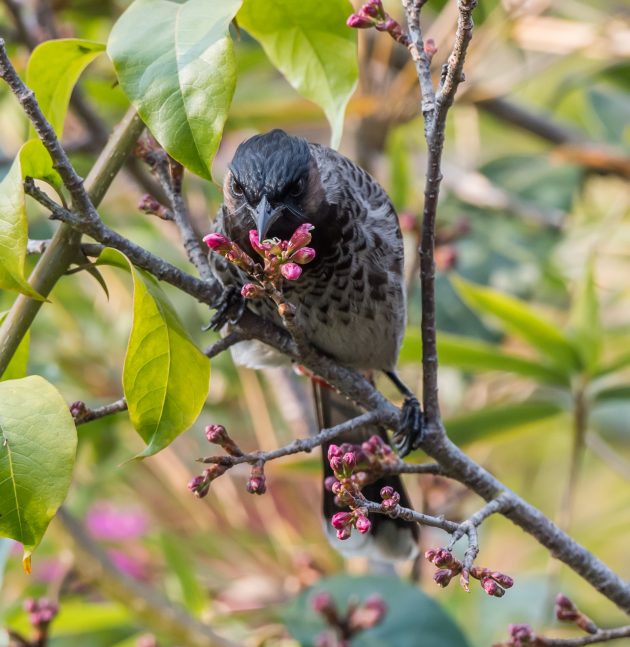
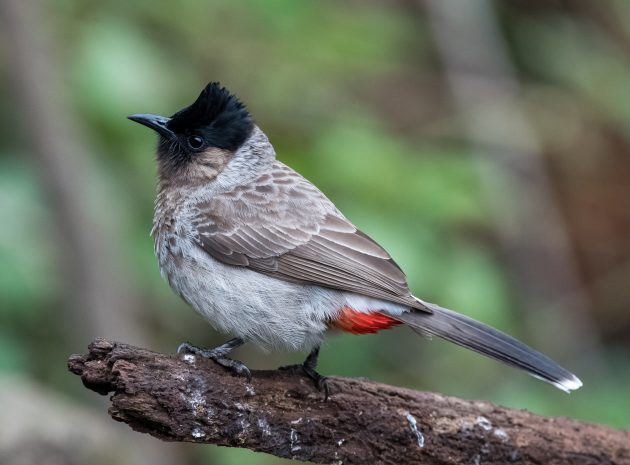
Finally, eBird manages to be non-judgmental about quite a few bulbul species that I have encountered so far. Some of them are at least as attractive as those praised.
Among them is another Elvis impersonator species, the Black-crested Bulbul.
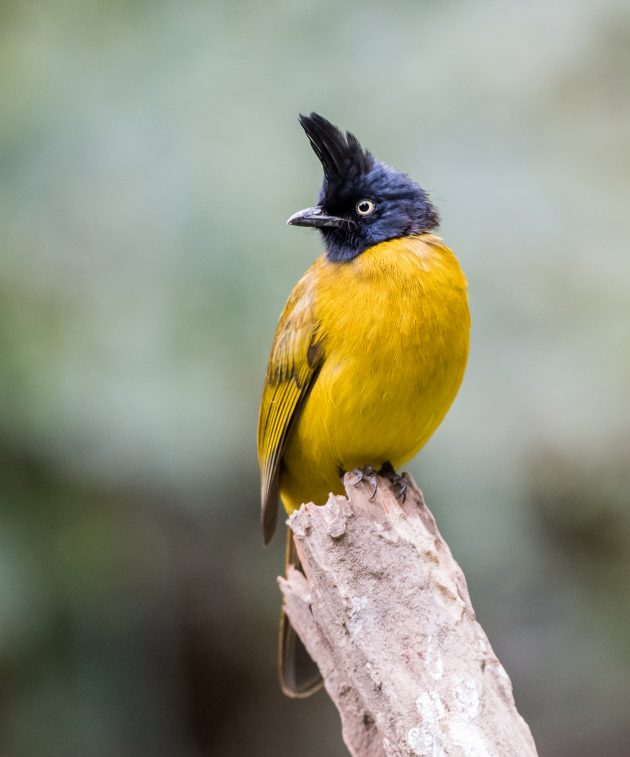

However, eBird does not focus on this but on another aspect of the bird: “Pale eyes give it a perpetually angry or surprised appearance.”
In South Africa`s cape area, the usual approach to handing out bird names is just to add the word cape to the name of a bird family. Thus the Cape Bulbul.
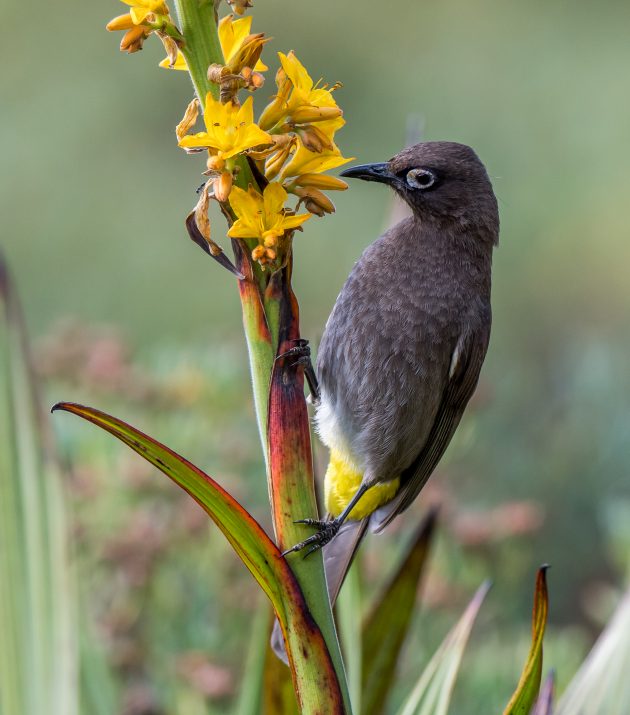
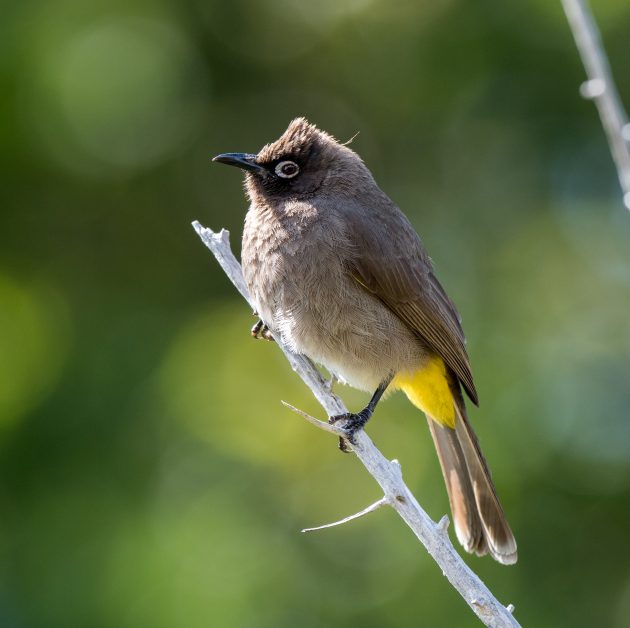
Fortunately, most of the bulbuls I have seen so far are not particularly threatened. However, this does not apply to the Mauritius Bulbul, which is classified as vulnerable.
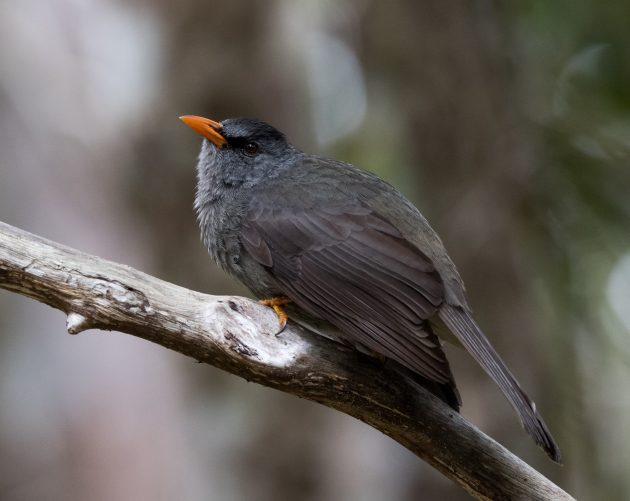
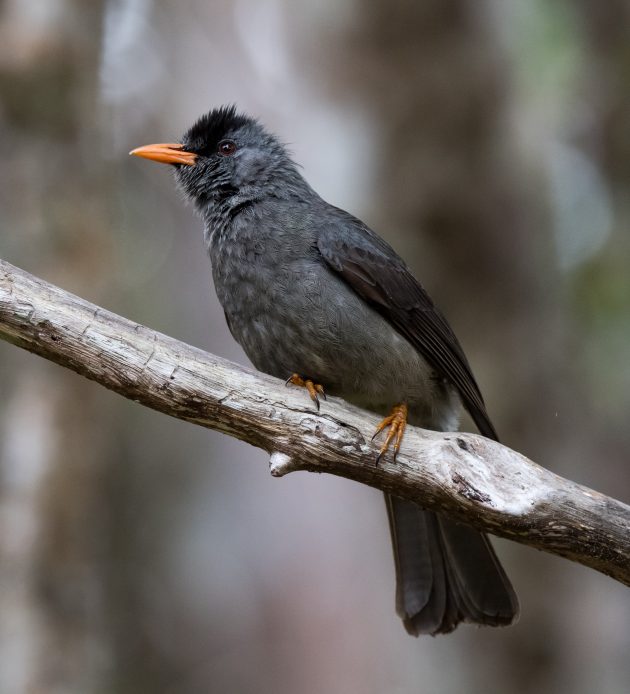
A rather beautiful bulbul is the Red-whiskered Bulbul. A small colony has even established itself at the Shanghai Zoo, though the majority of this species lives further south.

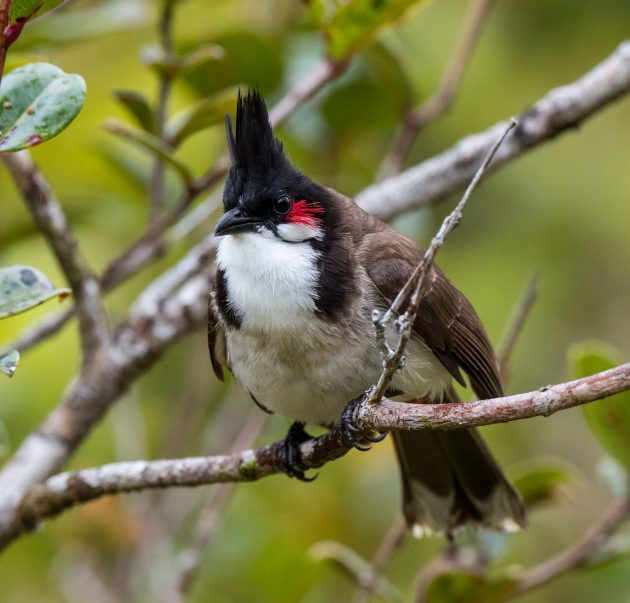
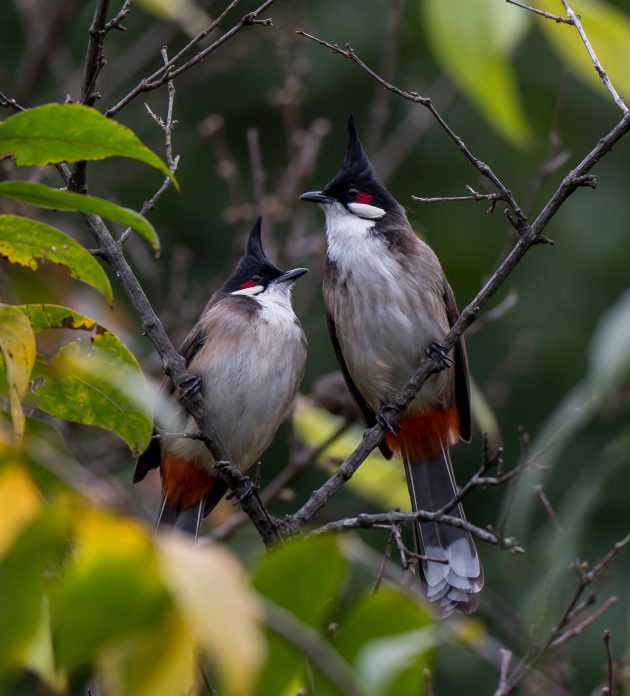
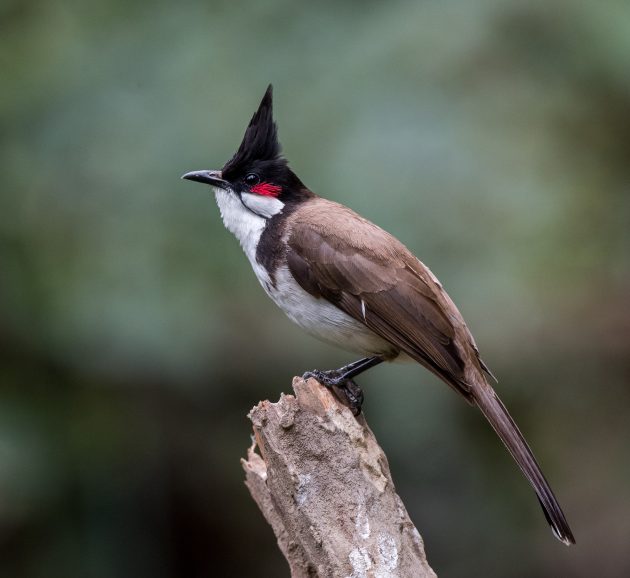
Strangely, one morph of the Black Bulbul has a white head. White is the new black, I hear, but this is confusing.
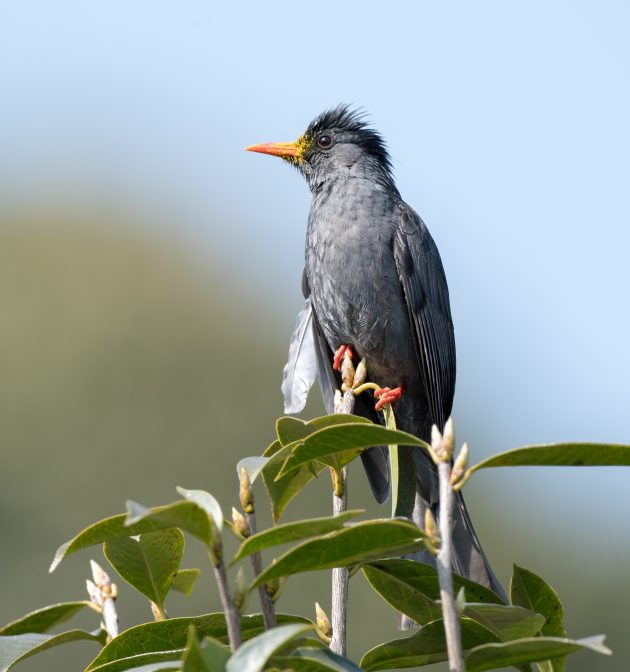
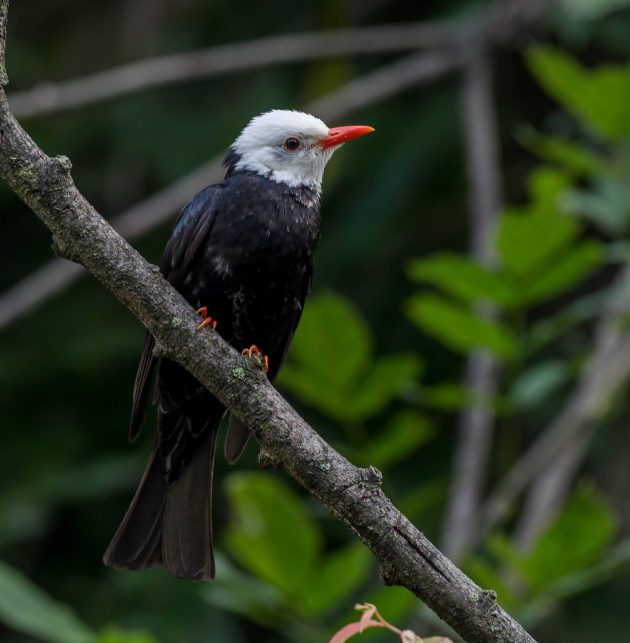
Flavescent Bulbul apparently roam about in pairs or small groups, according to eBird. My photo supports this observation.
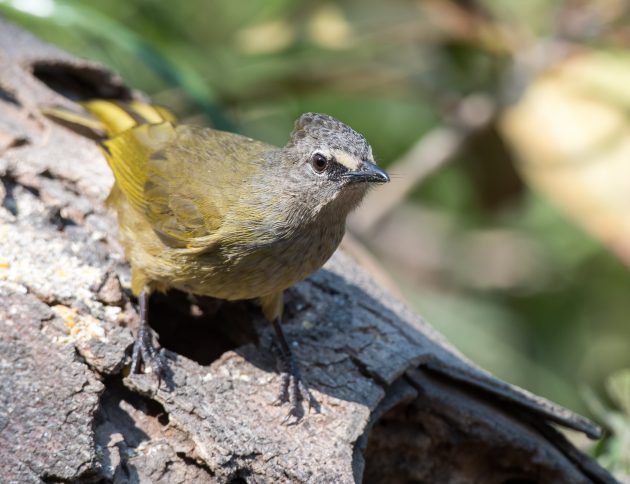
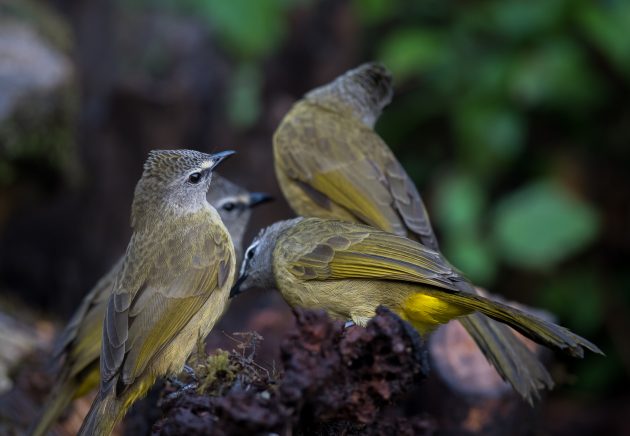
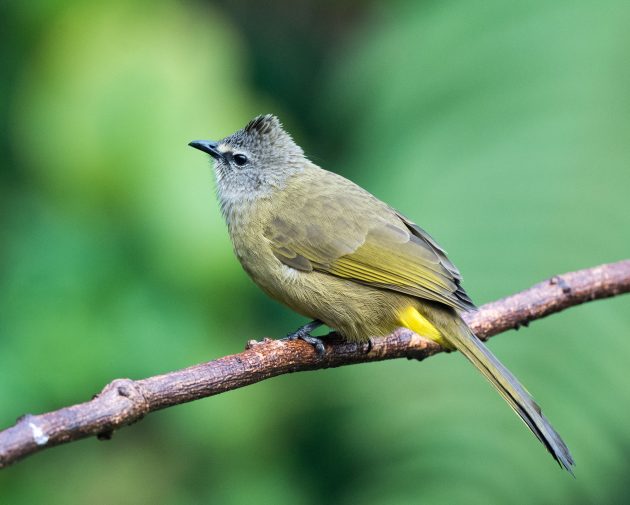
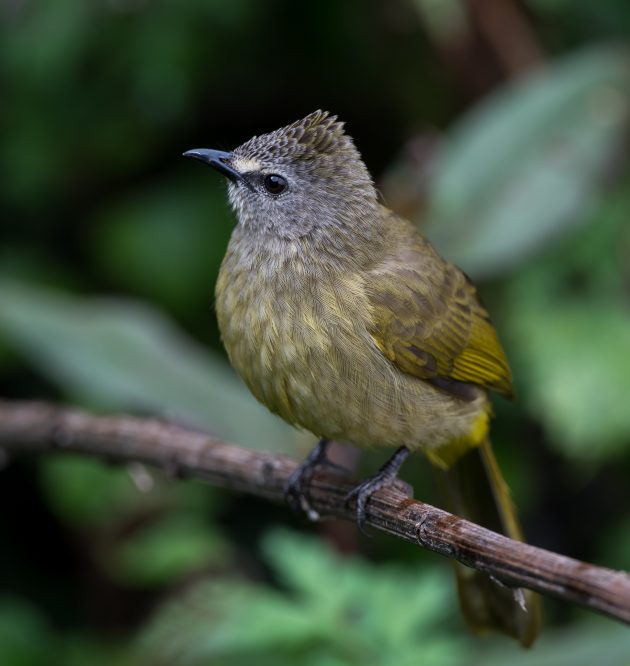
I saw the Spectacled Bulbul at Taman Negara, Malaysia – an awful place for bird photography. However, for once eBird has a positive message, stating that the “thin orangish eyering around the bright red eye is diagnostic, but not always easy to see”. Orangish eyering on photo? Check.
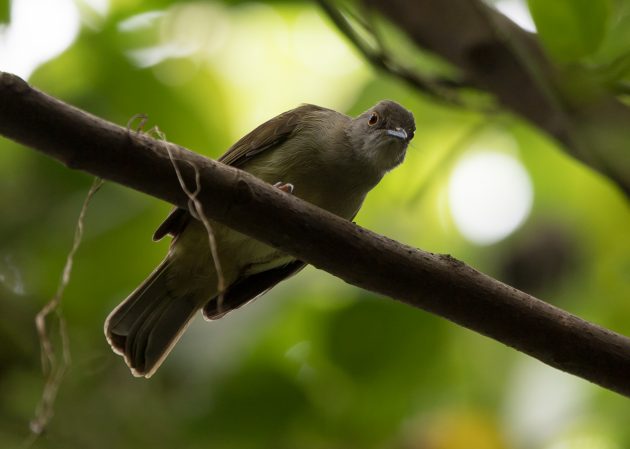
The Puff-throated Bulbul and the White-throated Bulbul look quite similar. Fortunately, they have almost no range overlap. This is good as a distinction via the eBird description would presumably be rather confusing. eBird states that in the White-throated Bulbul, the “white of the throat usually not visible“. And continues “in Puff-throated, look out for a much whiter, prominent throat patch“. What the …
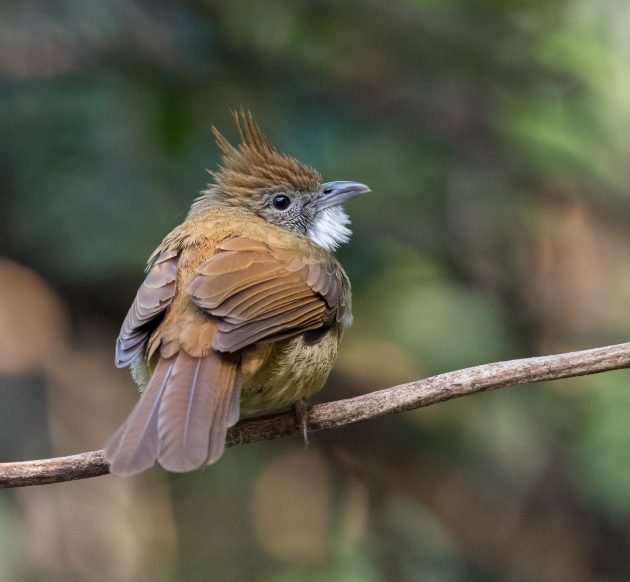
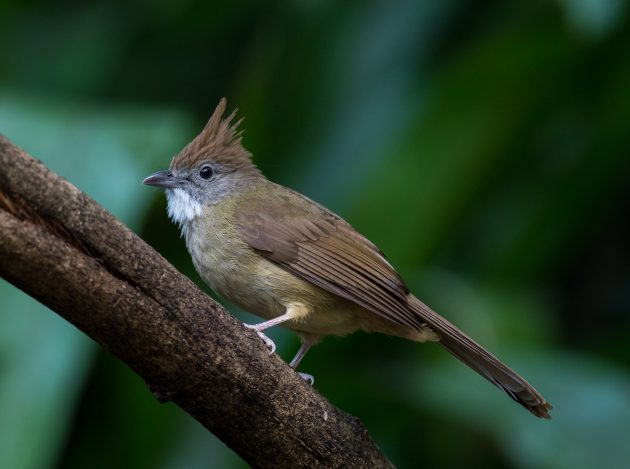
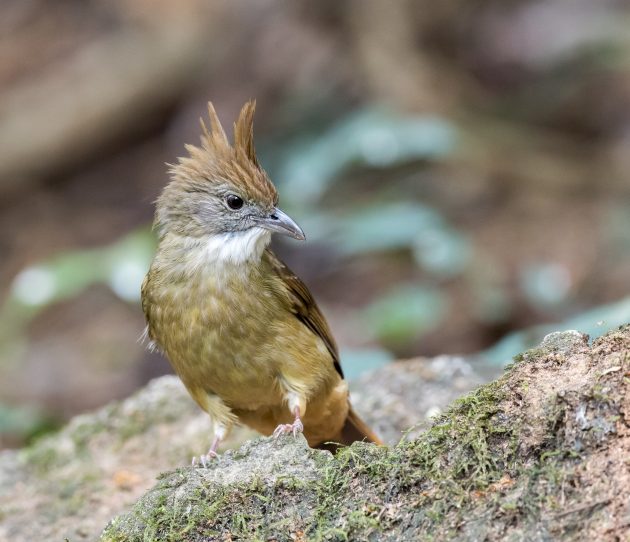
Puff-throated Bulbul (Nonggang, China). Look for the prominent white throat patch.
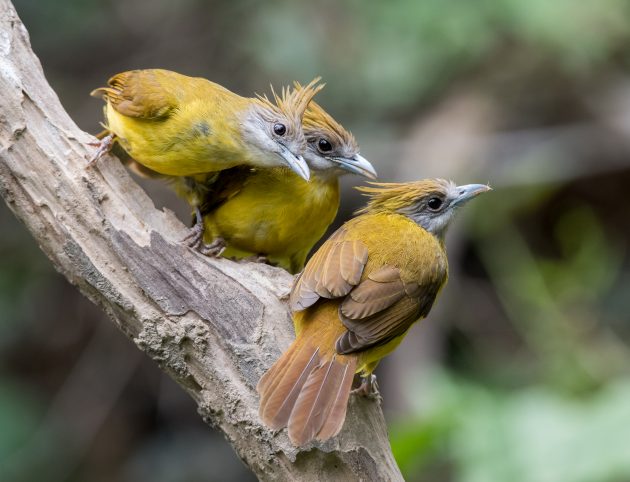
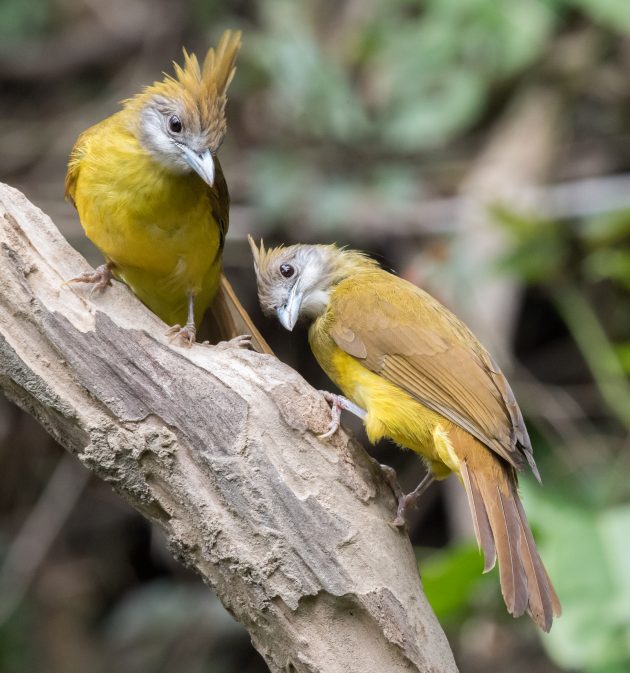
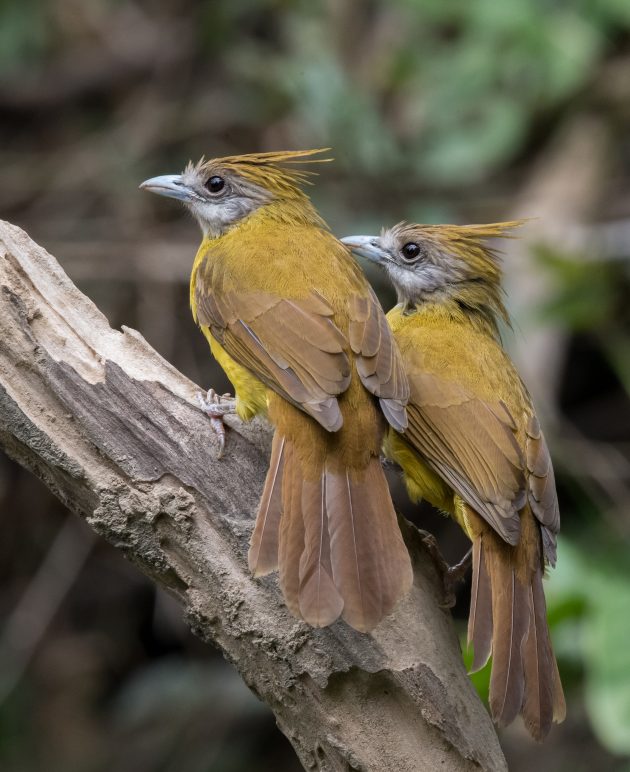
White-throated Bulbul (Hongbenghe, China). White of the throat usually not visible.
Using the same logic on the Mountain Bulbul, it should presumably be called Valley Bulbul. But in this case, it actually tends to prefer slightly higher elevations of hills.
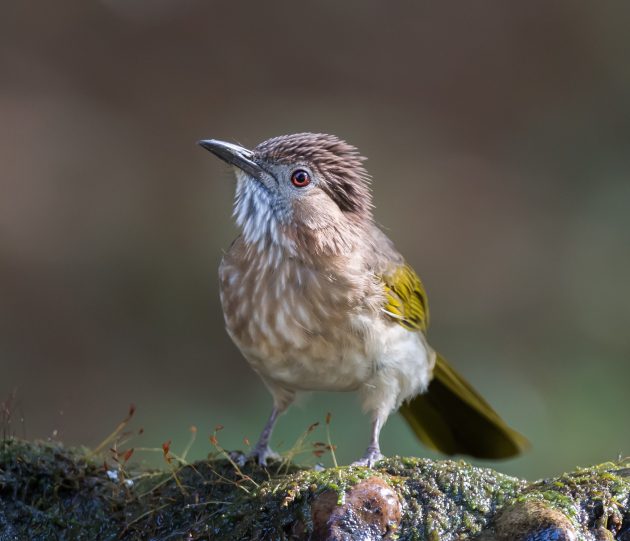
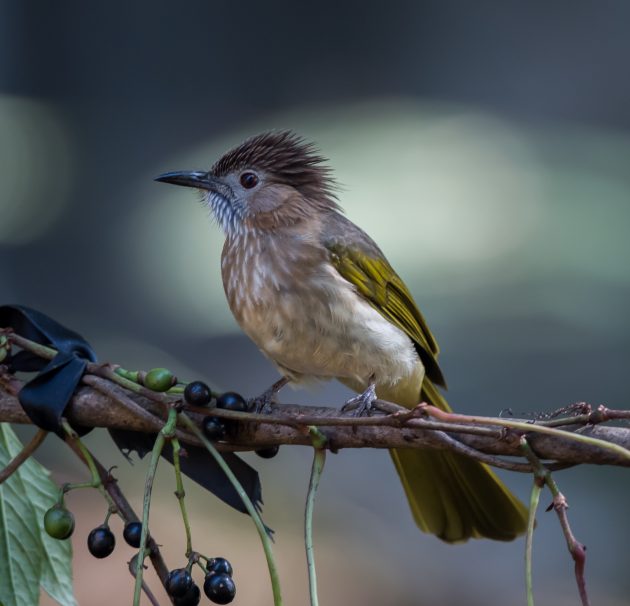
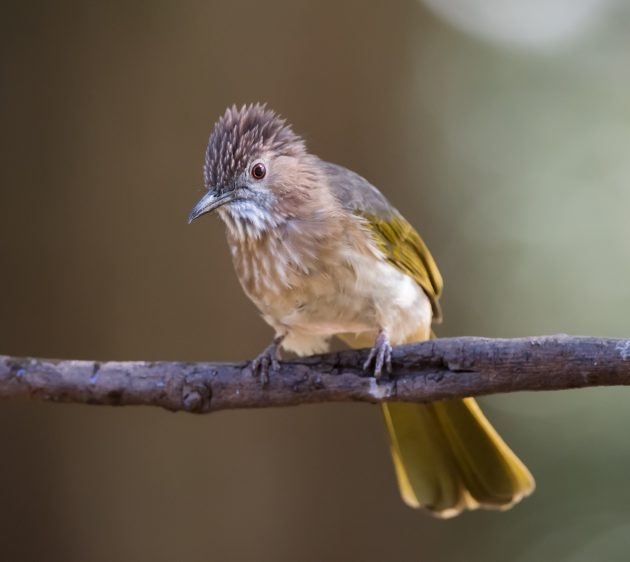
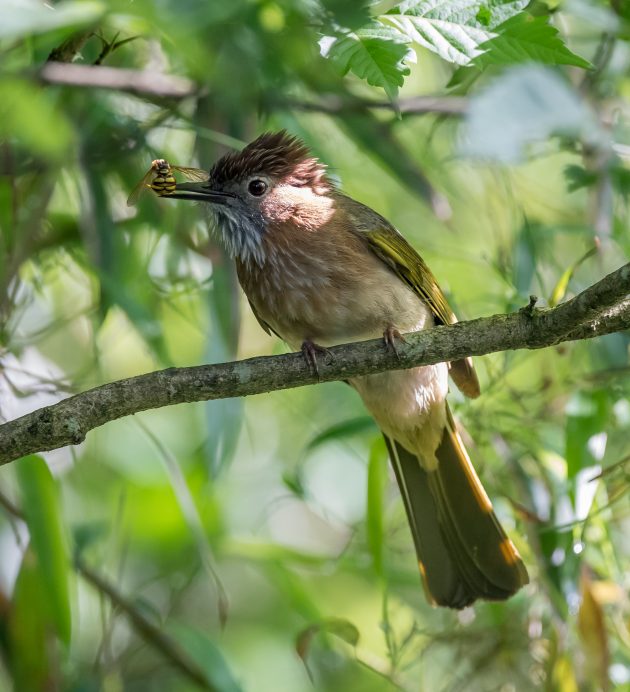
The Grey-cheeked Bulbul (Taman Negara, Malaysia) essentially looks like a couple of other bulbuls.
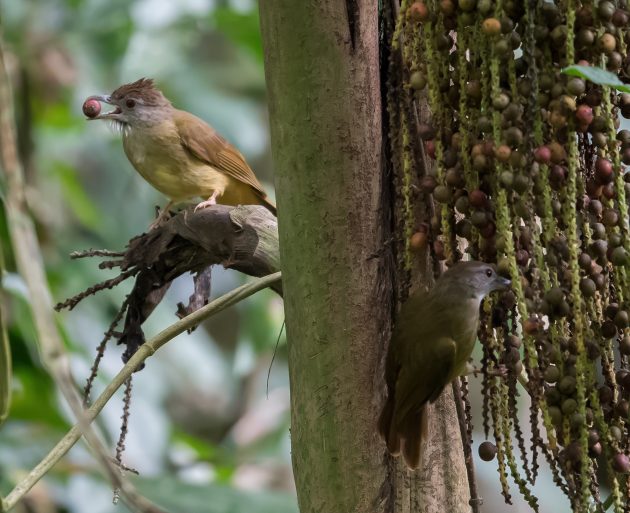
So does the Ochraceous Bulbul (Fraser`s Hill, Malaysia).
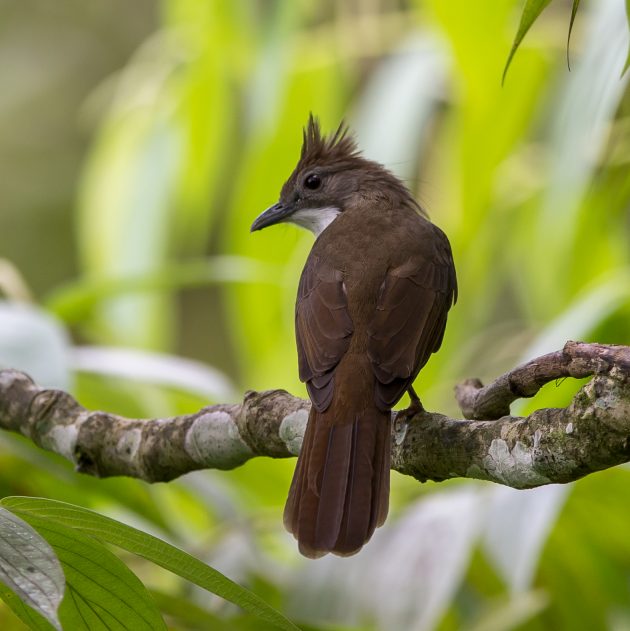
And for the Sooty-headed Bulbul (Tengchong and Xishuangbanna, Yunnan), I have run out of descriptions. Good that this post only covers about 30 of the approximately 150 bulbul species.
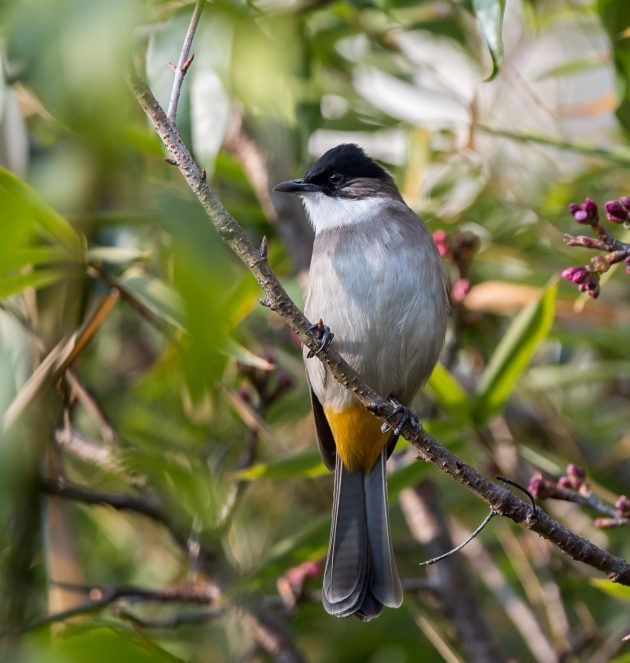
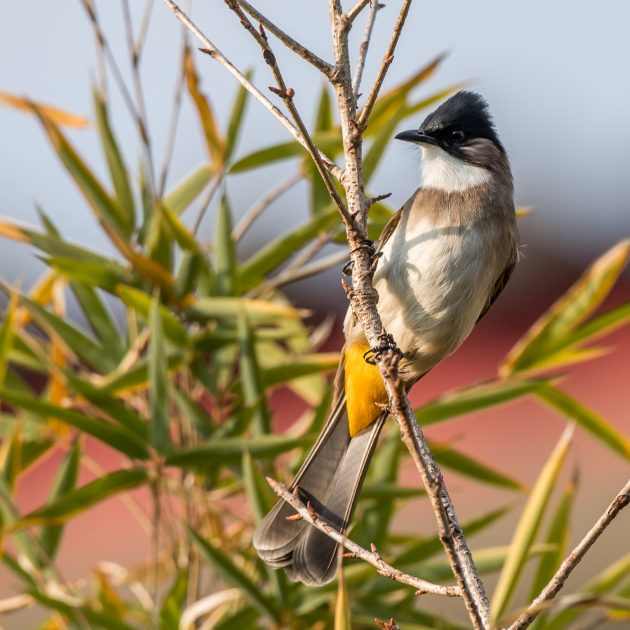
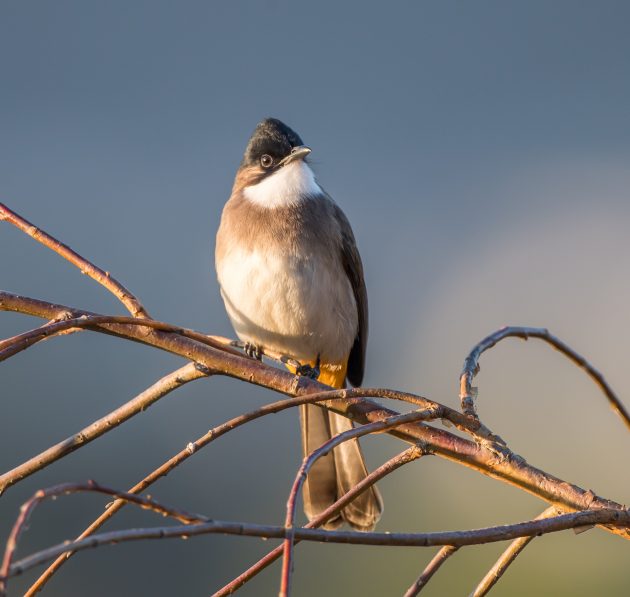
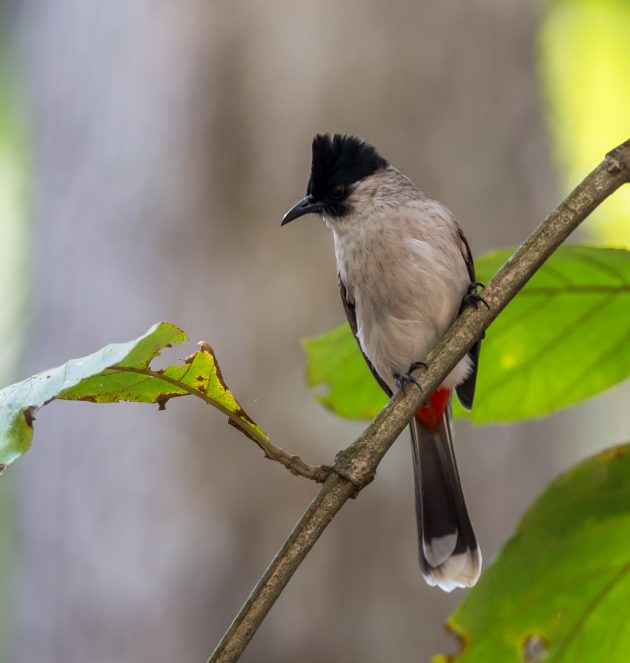













Bulbuls of the world unite and rise in praise of your admirer! Definitely not bulbulsh**. Keep these posts coming 🙂
Well researched and expressed! Your photographs are instructive, as is the narrative. I appreciate your unique perspectives and humor!
Wow, that was an awesome post, and really great photography to boot!
Very good fun writting , I’ve loved all bulbuls since I saw a red whiskered in ooty Indian, 05,